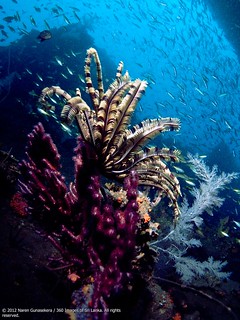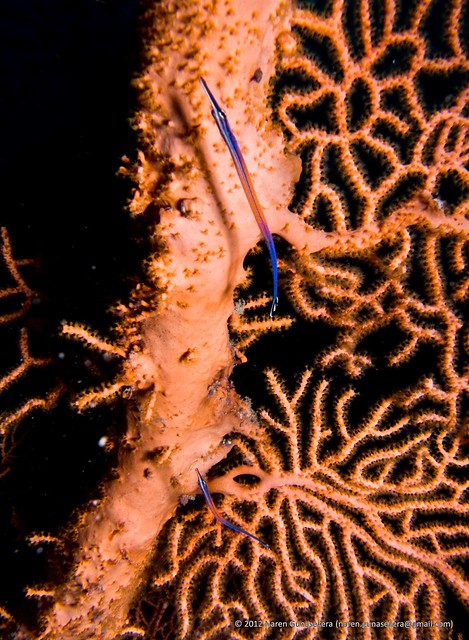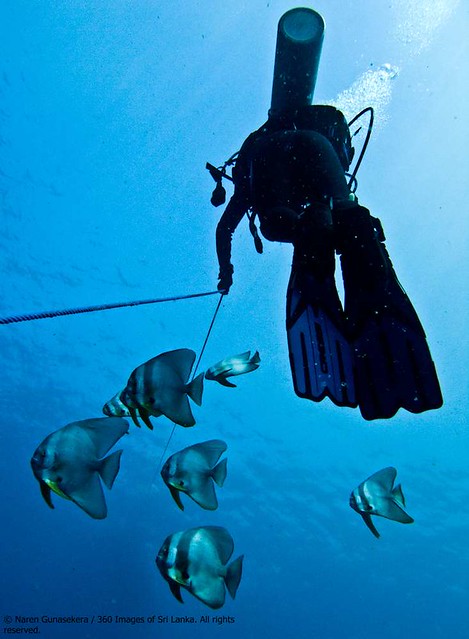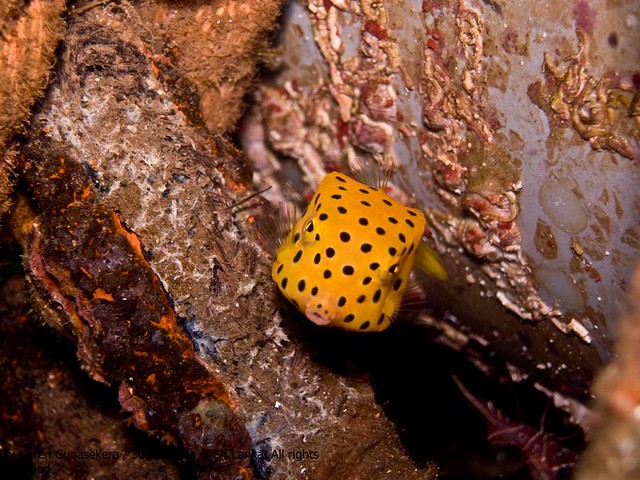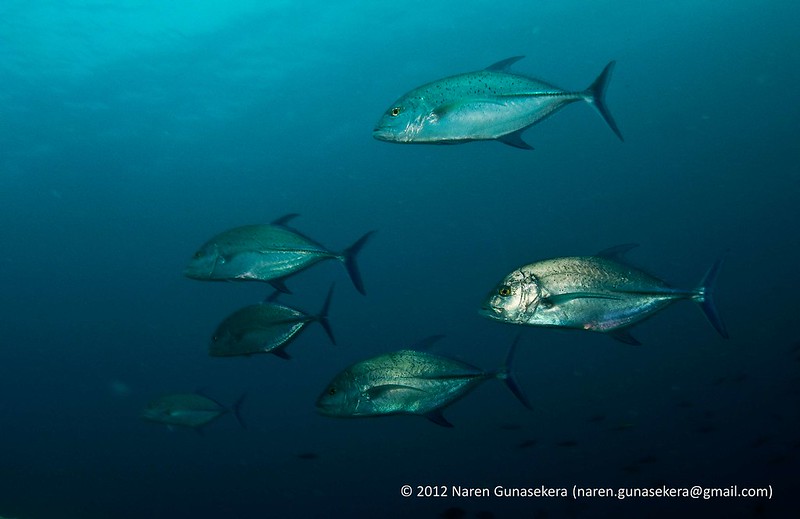The thing with diving your backyard most of the time and diving independently is that I sometimes forget the value of a good spotter and guide. It was such a person, the enigmatic Shaf formerly of Colombo Divers and now loose somewhere in the Maldives, who showed me the jeweled wonders of nudibranchs. Since getting a wideangle lens however, I have become a bit of a laggard at spotting the small stuff, obsessing more about vistas than the macro world.
The small stuff vs. the big stuff
The value of a good guide was really however brought home to me at White House Rock in the Andamans. Johnny was our guide for the experienced and photographer divers and he was the consummate professional and also has a gorge named after him. Calm and cool with us being independent divers and the eye of a hawk. Nothing was too small for his attention though I tried to give him as wide a berth as possible since I had my wide angle on so I didn’t really want to know what I was missing in the small stakes.
Johnnie (left) and Ivan (right in blue shirt) in conference
The tunnel vision brought on by the wide angle lens was really brought home in one incident. I was standing on my head trying to get the perfect angle on a sea fan, a beautiful dual fan with a shoal of glass fish.
See anything? Anything a few centimeters long and like a pipefish?
After getting what I thought was a decent photograph, I moved on to find another subject. About 5 minutes later I had a polite tap on my shoulder and turning found Johnny beckoning eagerly. I was a bit surprised to see him taking me back to the fan I had just photographed.

See anything now? Zoomed in and crop of the original. Look at the bottom left.
Johnny pointed at the base of the second section of the fan and getting my nose in, I was delighted to see two beautiful pipefish, blue and orange. Unfortunately I could only get a photo for the sake of a photo as I had to unscrew the wide angle lens, hold on to that, move the strobe, and get into position to take the photograph. Not an easy task if you’re not an octopus.
The pipefish, what beauties



